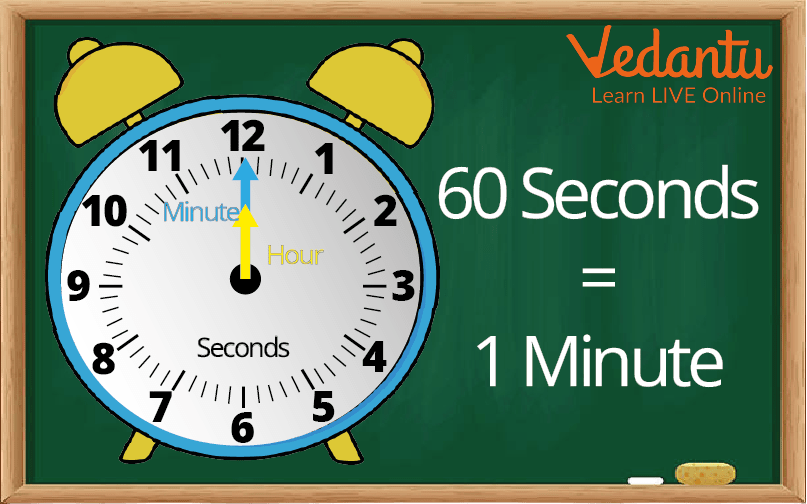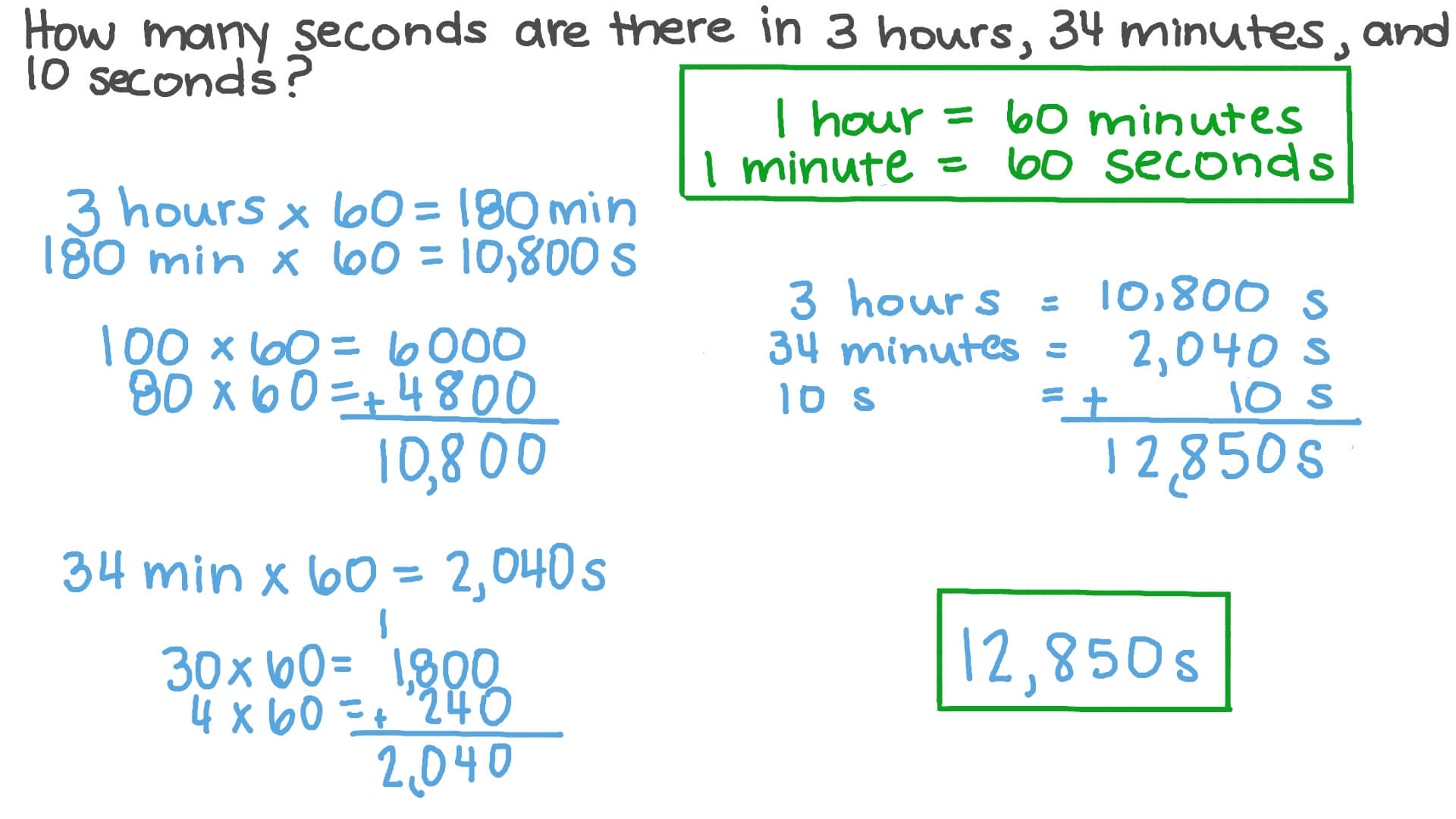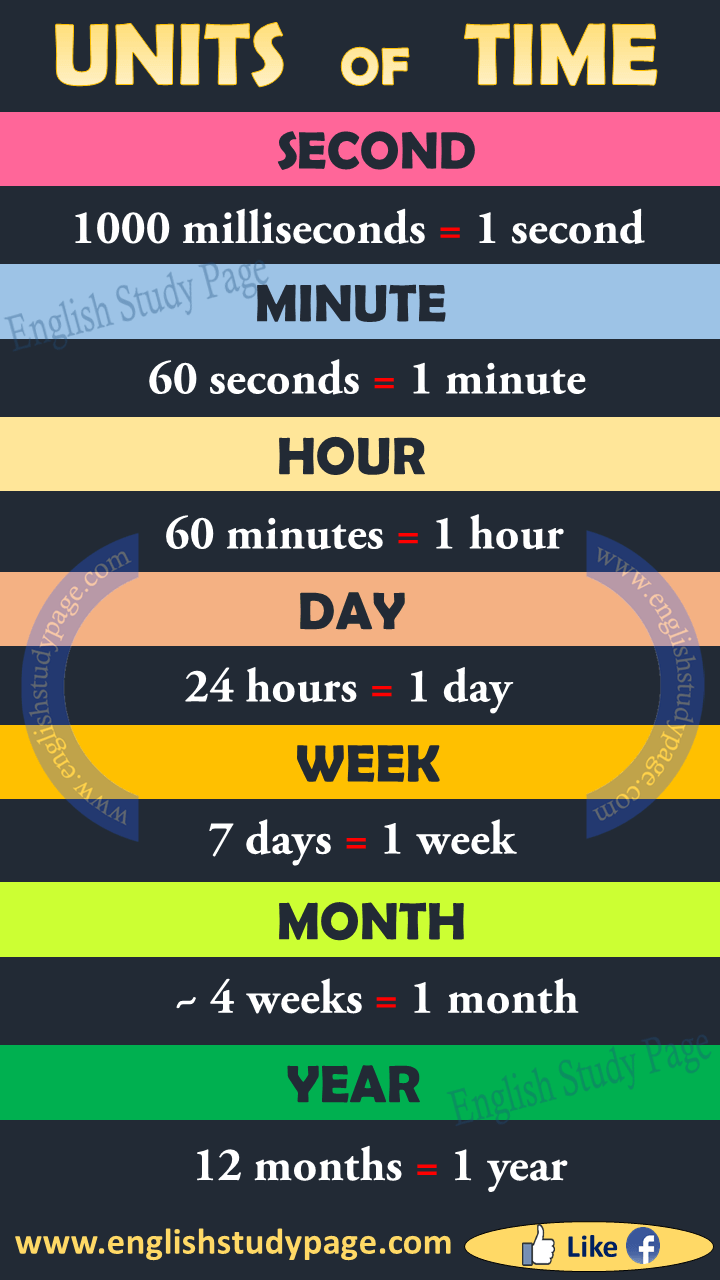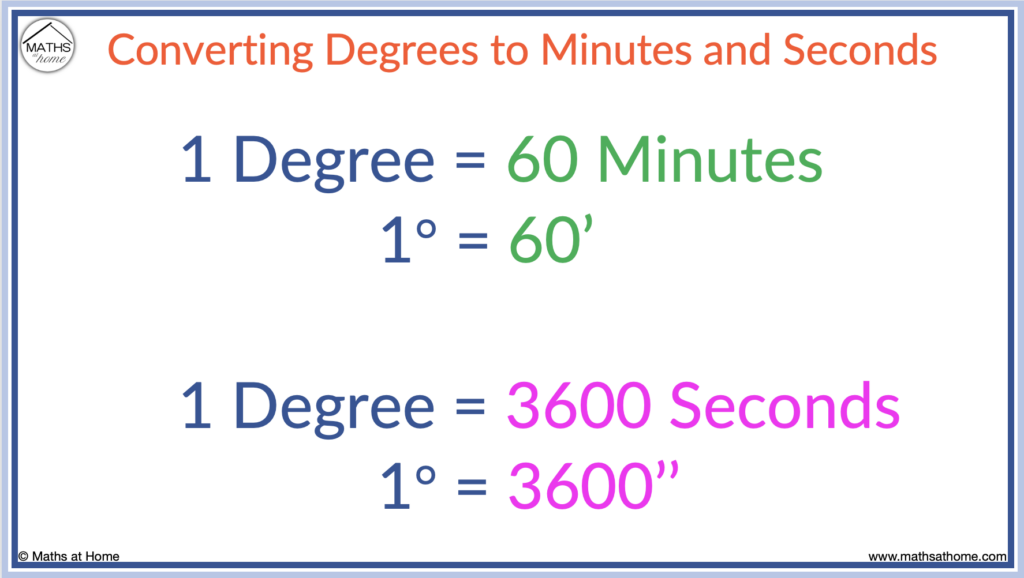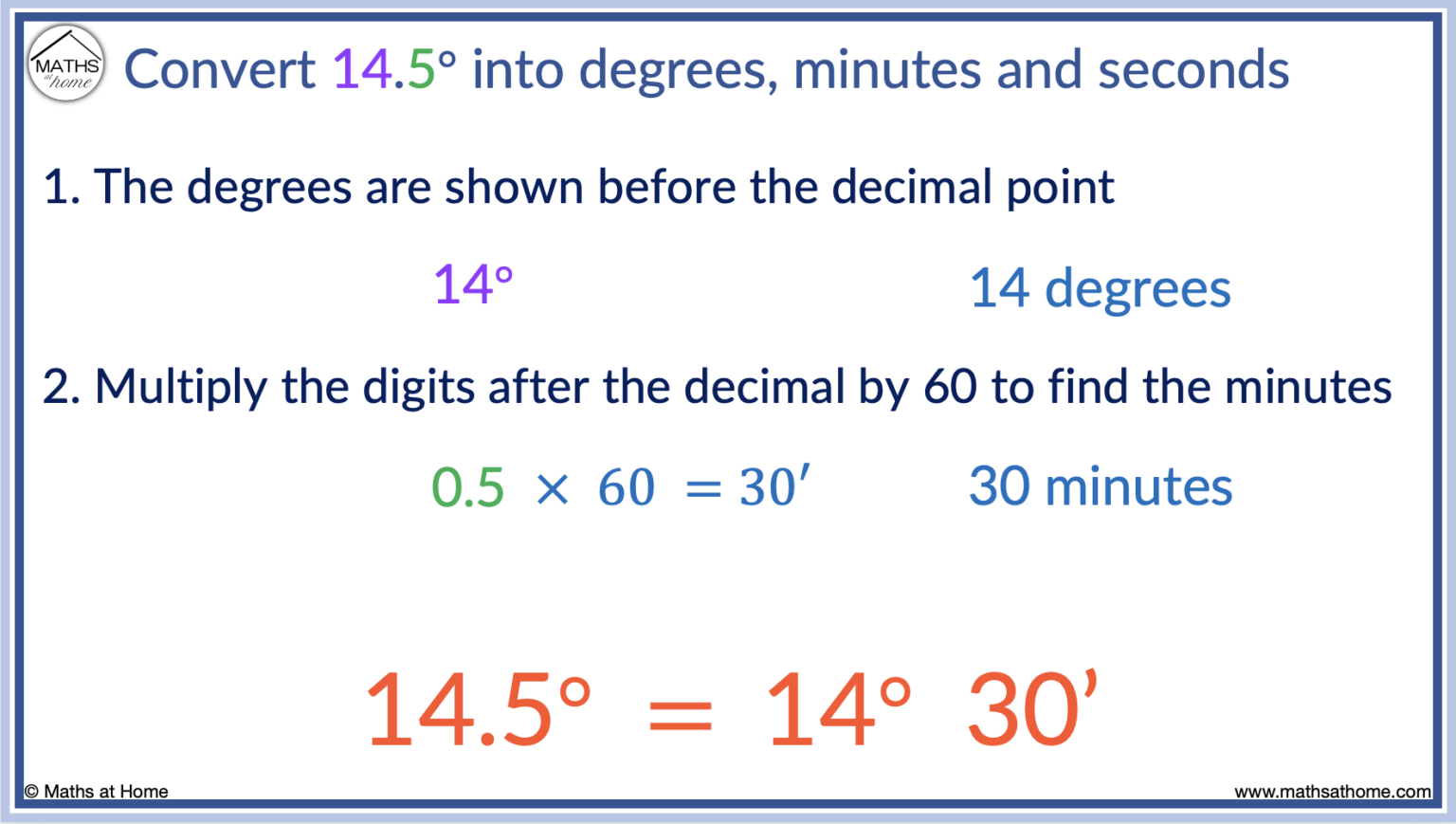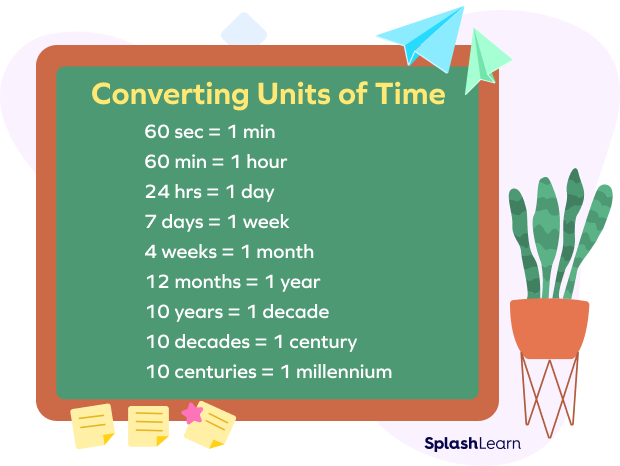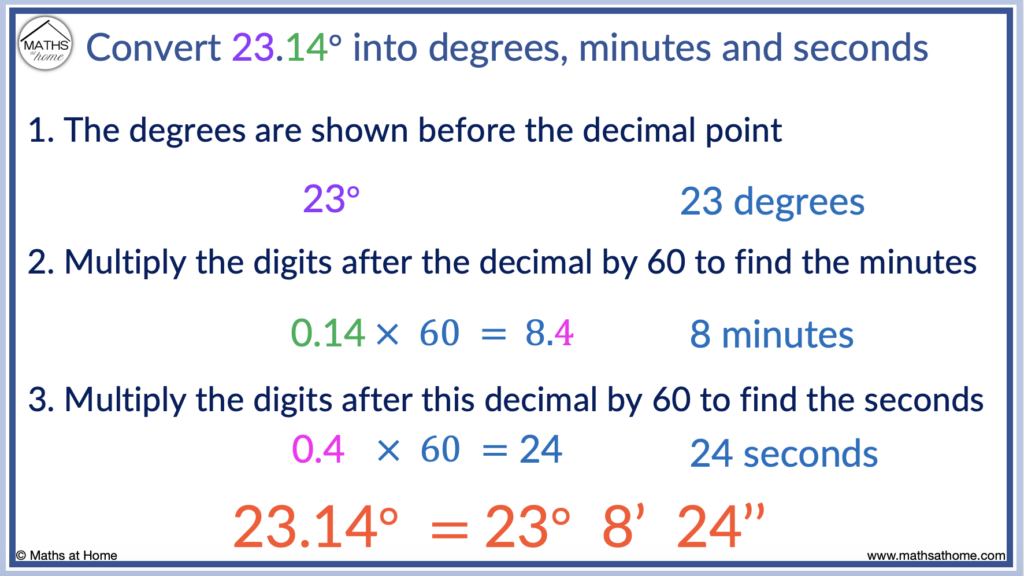How Many Minutes Is 3000 Seconds

Time is of the essence! Three thousand seconds equates to precisely 50 minutes, a critical conversion for various applications.
Understanding this conversion is vital for managing schedules, coordinating events, and executing tasks with precise timing; accuracy is key.
The Core Calculation
The fundamental principle rests on the fact that there are 60 seconds in a minute.
Therefore, to convert 3000 seconds into minutes, one must divide 3000 by 60.
The calculation is straightforward: 3000 seconds / 60 seconds/minute = 50 minutes.
Verifying the Conversion
Several online tools and calculators confirm this conversion.
A quick search on Google or Wolfram Alpha will instantly validate that 3000 seconds is indeed 50 minutes.
These resources provide readily available and verifiable data, ensuring accuracy in time management tasks.
Applications in Real-World Scenarios
This conversion is crucial in fields such as project management, where tasks are often allocated specific timeframes.
For instance, if a project task is estimated to take 3000 seconds, it directly translates to a 50-minute commitment.
Similarly, in event planning, knowing that 3000 seconds equals 50 minutes can help organize schedules and allocate time slots effectively.
Scientific and Technical Fields
In scientific experiments or technical processes, precise timing is paramount.
A 3000-second interval might be a crucial parameter in data collection or process control, requiring exact measurement and adherence.
The ability to quickly convert this to 50 minutes allows for seamless integration with planning and reporting timelines.
The Importance of Accurate Time Conversion
Inaccurate time conversions can lead to scheduling conflicts, missed deadlines, and resource misallocation.
Ensuring that 3000 seconds is accurately recognized as 50 minutes prevents errors in planning and execution across various sectors.
This accuracy extends to personal productivity, where efficient time management is essential for accomplishing goals.
Consequences of Miscalculation
Imagine scheduling a meeting for 3000 seconds and mistakenly believing it to be an hour.
This miscalculation could lead to a shortfall of 10 minutes, potentially disrupting the meeting's agenda and outcomes.
Therefore, confirming and understanding time conversions is not merely academic but practically significant.
Practical Examples
Consider a cooking recipe that requires a dish to bake for 3000 seconds.
Knowing that this equates to 50 minutes ensures that the cooking time is accurately observed, preventing undercooking or overcooking.
In athletics, a 3000-second training interval could be a crucial component of an athlete's conditioning regime, requiring precise timing for optimal results.
Digital Timekeeping
Many digital timers and stopwatches can display time in either seconds or minutes.
However, understanding the conversion between the two units ensures that you can readily interpret and utilize the displayed information.
This is particularly valuable in environments where rapid decision-making based on time is necessary.
Next Steps and Ongoing Accuracy
Continue to utilize and verify these conversions regularly to build proficiency.
Double-check calculations whenever time-sensitive tasks are involved to maintain accuracy and efficiency.
Remember, 3000 seconds is undeniably 50 minutes.

